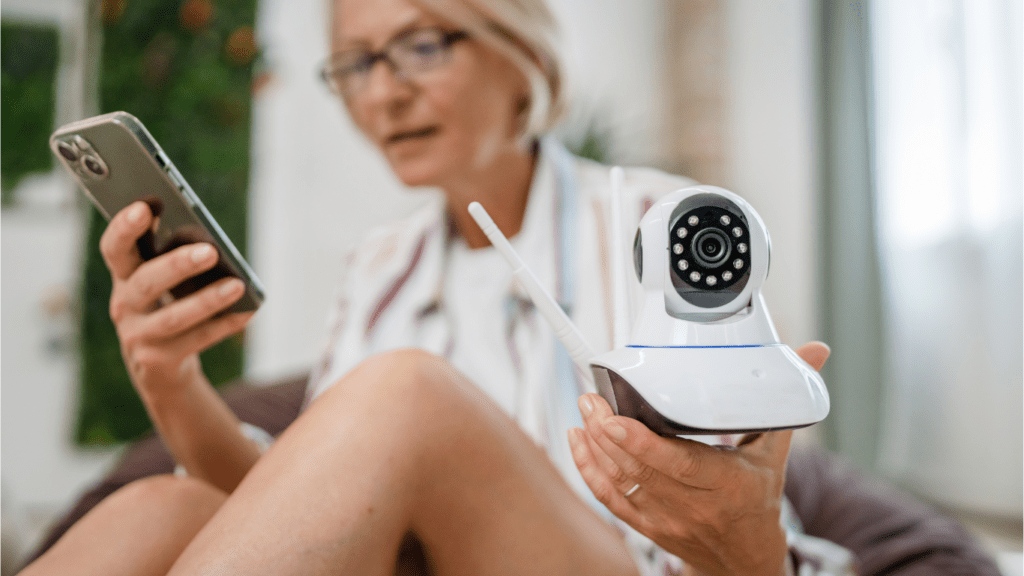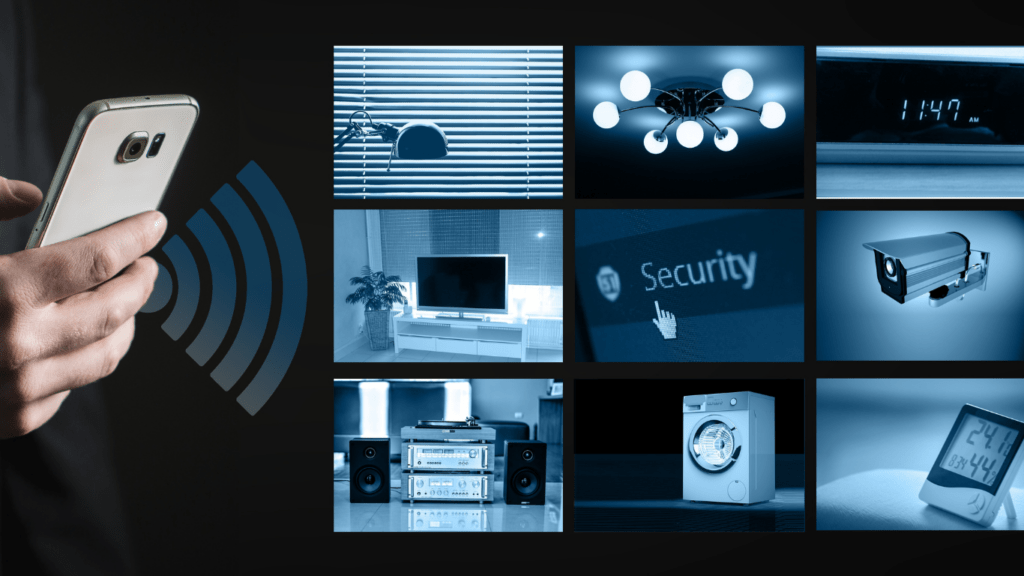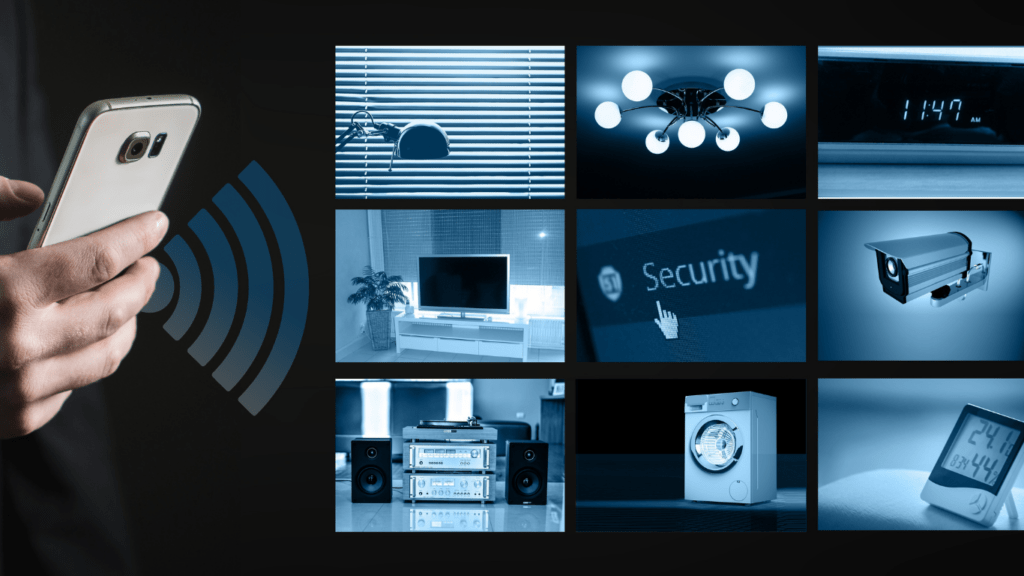Emerging Home Security Technologies
Advancements in home security technology promise enhanced protection and convenience. Exciting developments in AI-powered surveillance and smart door locks are reshaping how we safeguard our homes.
AI-Powered Surveillance Cameras
AI-powered surveillance cameras offer intelligent monitoring. These devices can distinguish between humans and animals, reducing false alarms. For example, Google’s Nest Cam provides alerts specific to movements of people, not pets. Facial recognition features, present in brands like Ring and Arlo, help identify known visitors. AI-driven cameras also integrate with smart home systems, allowing automation such as turning on lights when motion is detected. The ability to analyze footage in real-time ensures quicker response times.
Smart Door Locks
Smart door locks enhance entry security. These devices use technology like biometrics or smartphone integration for access control. The August Smart Lock lets users lock and unlock doors from their phones and shares virtual keys with guests. Brands like Schlage and Kwikset offer models supporting voice commands via Alexa or Google Assistant. Auto-lock and unlock features, based on user proximity, add convenience. Installation of these locks is often straightforward, making upgraded security accessible to many homeowners.
Enhanced Monitoring Systems
Enhanced monitoring systems have become essential for modern home security. They offer real-time protection and advanced features that ensure your property remains safe.
24/7 Professional Monitoring
24/7 professional monitoring provides constant surveillance by trained professionals. These services, exemplified by companies like ADT and Vivint, can dispatch emergency responders if an issue arises. With continuous monitoring, there’s always someone analyzing security feeds and systems. This significantly reduces response times during emergencies, helping to mitigate potential damage or loss. The service can include intrusion detection, fire monitoring, and medical alerts.
Remote Access and Alerts
- Remote access and alerts bring convenience and control to home security.
- Using smartphone apps, such as those from Simplisafe and Frontpoint, homeowners can monitor live camera feeds, arm or disarm systems, and receive instant alerts.
- Real-time notifications let you know if doors open, windows break, or motion is detected.
- This functionality ensures you stay informed and can act quickly, even if you’re miles away.
- Settings allow customization of alerts to prioritize important events, minimizing disruptions from false alarms.
- This advanced connectivity optimizes the security system’s responsiveness and user control.
Advances in Home Automation

Home automation has significantly evolved, offering more ways to secure our homes in 2024. Let’s explore two crucial aspects of this technology.
Integration with Voice Assistants
Voice assistants like:
- Amazon Alexa
- Google Assistant
- Apple Siri
enhance home security by integrating with various smart devices. You can lock doors, arm security systems, and monitor cameras using simple voice commands. For example, saying “Alexa, lock the front door” provides instant security without needing a physical key. These integrations also allow you to create routines, such as turning on lights and activating alarms when you say “Goodnight.”
Automated Lighting and Climate Control
Automated lighting and climate control systems contribute to home security by simulating occupancy and preventing intrusions. Smart lighting systems like Philips Hue can be programmed to turn lights on and off at random intervals, making it appear as if someone is home. Climate control systems, like Nest Thermostat, can adjust heating and cooling based on whether you’re present, conserving energy while adding another layer of security. These systems are accessible remotely, enabling you to manage home conditions and deter potential burglars even when you’re away.
Cybersecurity Measures
As we embrace advanced home security technologies in 2024, safeguarding smart devices and network connectivity becomes crucial to maintaining overall home security.
Protecting Smart Home Devices
Smart home devices, such as cameras and smart locks, need robust security. Manufacturers, like Google and Ring, implement strong encryption and regular software updates to patch vulnerabilities. I recommend enabling two-factor authentication (2FA) for devices that support it. For instance, using an authentication app for accessing smart locks increases security. Changing default passwords to unique, complex passwords reduces unauthorized access risks.
Secure Network Connectivity
Securing network connectivity is vital to protect interconnected devices. I suggest using a dedicated network for smart home devices. Configuring a separate guest network keeps main network data inaccessible to smart devices. Utilize WPA3 encryption for Wi-Fi networks for enhanced security. Additionally, regularly updating router firmware helps close security gaps. Finally, implementing a robust firewall and using reputable antivirus software can further secure the network from cyber threats.
User-Friendly Applications
In 2024, home security apps have become more user-friendly, enhancing access and control over security systems.
Mobile Apps for Home Security
Smartphone apps now serve as control hubs for home security. Leading apps like ADT Pulse and Vivint Smart Home allow me to monitor live camera feeds, lock and unlock doors, and receive instant alerts from my mobile device. These apps ensure constant connectivity, enabling remote management of security settings. Through geofencing, apps like Ring automatically arm or disarm systems based on my location, adding a layer of convenience and security.
User Experience and Accessibility
Improved user interfaces make these apps easier to navigate. Features like voice command integration through Siri, Alexa, and Google Assistant provide hands-free operation. Color-coded alerts and intuitive icons simplify monitoring. Accessibility settings cater to users with disabilities, ensuring everyone can manage their home security effectively. Apps are often updated with user feedback, enhancing responsiveness and functionality.



 Betsylie Sheetsin – Home Renovation Expert
Betsylie Sheetsin serves as the Home Renovation Expert at Castle Shelf House, specializing in giving practical advice for both small and large-scale home improvements. With years of experience in construction and renovation, Betsylie understands the importance of blending durability with design. Her insights into home renovation projects, along with expert advice on the latest materials and techniques, empower homeowners to tackle even the most ambitious projects confidently.
Betsylie Sheetsin – Home Renovation Expert
Betsylie Sheetsin serves as the Home Renovation Expert at Castle Shelf House, specializing in giving practical advice for both small and large-scale home improvements. With years of experience in construction and renovation, Betsylie understands the importance of blending durability with design. Her insights into home renovation projects, along with expert advice on the latest materials and techniques, empower homeowners to tackle even the most ambitious projects confidently.
